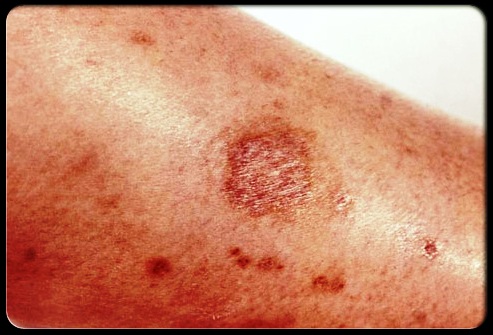
Bee sting infection skin#
Recluse spider (Loxosceles) bites are often overdiagnosed, should be treated supportively, and only rarely cause skin necrosis. Antivenom is not widely available in the United States but may be considered for severe, refractory cases. Widow spider (Latrodectus) envenomation can cause muscle spasm and severe pain that should be treated with analgesics and benzodiazepines. There are two medically relevant spiders in the United States. Spider bites are rarely life-threatening. Arthropod bites and stings commonly cause minor, usually self-limited reactions however, some species are associated with more severe complications. Apply ice (15 minutes on, 15 minutes off) to reduce swelling.Arthropods, including insects and arachnids, significantly affect humans as vectors for infectious diseases.Wash the exposed area with soap and water.Never attempt to squeeze the stinger out of the skin, as this may inject more venom into the site.If the stinger is present, remove it by gently scraping over the area with a straight-edged object, e.g., a credit card, butter knife, etc.

Examine the area for the stinger that may be left in the skin by the insect.Allergic reactions to Hymenoptera stings may be frightening but they are relatively rare.Īll stings, except those that require an immediate transfer to the emergency department, should be treated following these steps: However, subsequent exposures may prove to be a threat, so watch for any signs of allergic reaction and obtain medical attention if any serious symptoms occur. The first exposure to venom usually does not result in serious effects. Call emergency medical services right away. In an event of a sting, immediate transport to the nearest emergency room is essential. In addition, talk with your physician about carrying a bee sting kit containing epinephrine (EpiPen), which will quickly decrease the severe effects of an allergic reaction to a sting. If you know you are allergic to stings, it is advisable to wear some identification such as a Medical Alert bracelet to reveal your allergy. The patient may experience a plunge in blood pressure and pass out. This may progress to airway obstruction, shortness of breath and wheezing. The effects may include a generalized rash and swelling of the tongue or throat. The reaction has a rapid onset and involves the dermal (skin), respiratory (breathing), and cardiovascular (heart) systems. Even a single sting can produce a serious reaction in a sensitive individual. Systemic allergic reactions do not depend on the amount of venom injected or the number of stings. Most local allergies can be safely handled at home without much medical intervention however, a systemic allergic reaction is a real medical emergency. Your physician may recommend antihistamines and pain medication to ease the effects of the sting.

In some cases symptoms can be extensive, may involve an entire limb and may persist for several days. Local allergic reactions involve pain and swelling. Allergies to venomĪn allergy to Hymenoptera venom can be one of two types: local or systemic.

Multiple stings also increase your danger level and warrant the immediate attention of a healthcare professional. Contact your doctor or the Poison Control Center if such a sting occurs, and be prepared to go to the nearest emergency room if breathing becomes difficult. If the sting results in significant swelling, it could lead to airway obstruction (blockage) and trouble breathing. The parts of the gastrointestinal tract most likely to be affected include the throat or esophagus (food tube) the insect will not be likely to survive the acid environment of the stomach. If you are stung on the neck or throat area, inside your mouth or in the gastrointestinal tract (this commonly occurs when the insect is swallowed along with a beverage), there is a moderate risk for a complication. Your primary concern will be minimizing the symptoms of discomfort, which should resolve in a few hours. It is normal to experience immediate localized pain, itching, redness and swelling at the sting site. If you experience a single sting anywhere on the trunk or the limbs, the risk of reaction is low. If you are not allergic to Hymenoptera venom, the danger of the exposure will depend on the number of stings and the areas of the body on which you were stung.


 0 kommentar(er)
0 kommentar(er)
